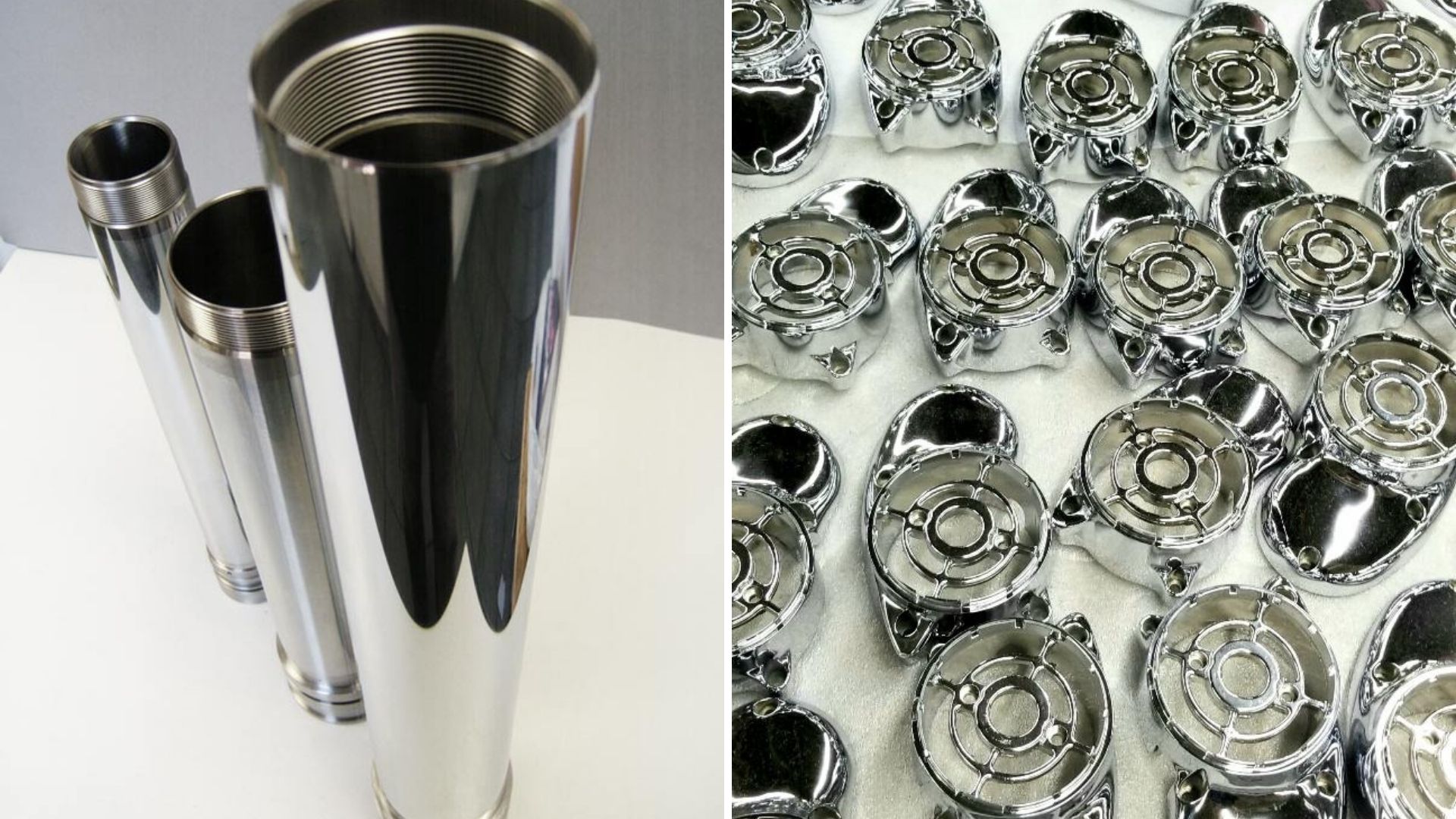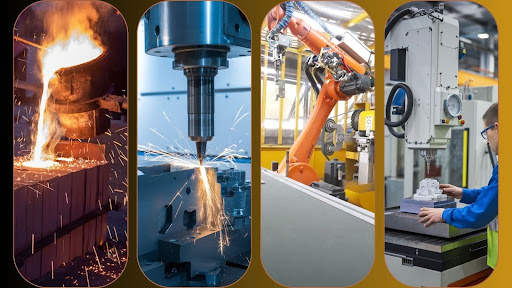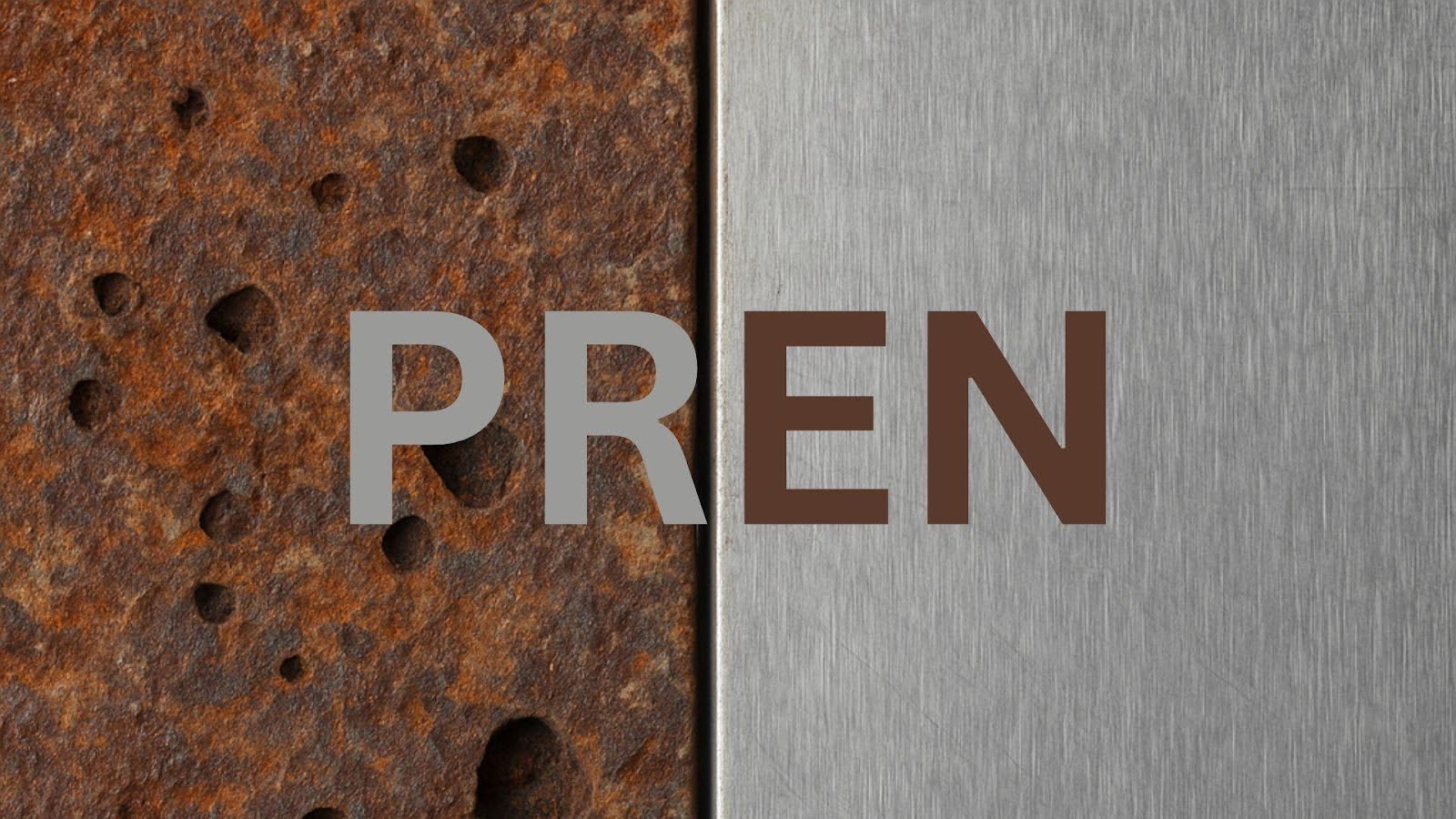Table of Contents
ToggleMagnetic Stainless Steel: the Truth
Have you ever used a magnet to test stainless steel and assumed it wasn’t stainless steel (or “white iron”) because it was magnetic? This is a widespread misconception. The magnetic properties of stainless steel vary, and magnetism alone is not an accurate indicator of whether the material is 304 or 316 stainless steel.
How to Accurately Identify Stainless Steel Material
To accurately identify 304 or 316 stainless steel, material composition testing should be the primary method. , checking elements like carbon, chromium, nickel, and molybdenum, and ensuring it meets international and local standards. Magnetism is a manufacturing byproduct and doesn’t reflect the material’s true properties. Professional material composition testing is the most scientific approach.
Why Do Some Stainless Steel Products Exhibit Magnetism?
- Influence of Heat Treatment
304 stainless steel is typically non-magnetic in its annealed state. However, rapid cooling or certain heat treatments can alter its crystal structure, converting the austenitic form into magnetic martensitic or ferritic structures. This shift is due to structural changes, not a change in composition. - Nickel Content
Nickel plays a crucial role in stabilizing the austenitic structure of 304 stainless steel. When the nickel content is high, the steel remains non-magnetic after processing. On the other hand, lower nickel levels reduce structural stability, making it more likely to transform into a magnetic martensitic form. - Impact of Cold Working
Cold working, like bending or stretching, deforms the crystal structure, converting austenite to magnetic martensite. The more intense the processing, the stronger the magnetism, but it only changes the lattice, not the composition.
Ensuring Material Accuracy in Precision Casting
During precision casting, ensuring that the stainless steel material composition is correct is crucial. Manufacturers follow key steps to ensure material quality. Waterson Precision Casting guarantees product reliability and precision through the following measures:
- Using high-purity raw materials
- Strict control of element proportions during the smelting process to ensure the specified levels of iron, chromium, nickel, and other elements.
- Using spectrometers for composition testing
- Metallographic testing of finished castings to verify crystal structure and check for issues like work hardening or improper heat treatment.
- Collaborating with third-party certified laboratories for sampling inspections, providing objective quality assurance
- Establishment of a complete traceability system, documenting raw materials and production data for each batch to ensure consistency and reliability.
Through these measures, Waterson can effectively ensure that its stainless steel meets the required standards

Conclusion on Stainless Steel and Magnetism
To accurately determine whether a product is made of 304 or 316 stainless steel, material composition testing should be the primary method. By analyzing the content of elements such as carbon, chromium, nickel, and molybdenum, and ensuring compliance with international or local standards, reliable conclusions can be drawn.
Magnetism is merely a phenomenon that occurs during the material’s processing and is unrelated to its corrosion resistance or strength. Therefore, avoid using magnets as a method to test the material, as this can lead to misunderstandings or incorrect judgments.
Taiwan’s Leading Stainless Steel Precision Casting Foundry
Waterson Precision Casting is a wax-based foundry located in Taiwan (near China) specializing in stainless steel precision casting. It delivers high-volume, consistently high-quality castings to industries such as door hardware, petrochemicals, medical equipment, marine, hand tools, and food equipment. With an impressive 95% above self-production rate, Waterson’s production line encompasses mold design, fluid analysis, wax model creation, shell making, dewaxing, metal pouring, post-processing (e.g., acid pickling, alkaline treatment), sandblasting, heat treatment, machining, assembly, and packaging. Its stainless steel production line supports materials such as 304 (CF8), 316 (CF8M), and 17-4 stainless steel. Currently, there is available production capacity—feel free to request a quote!





